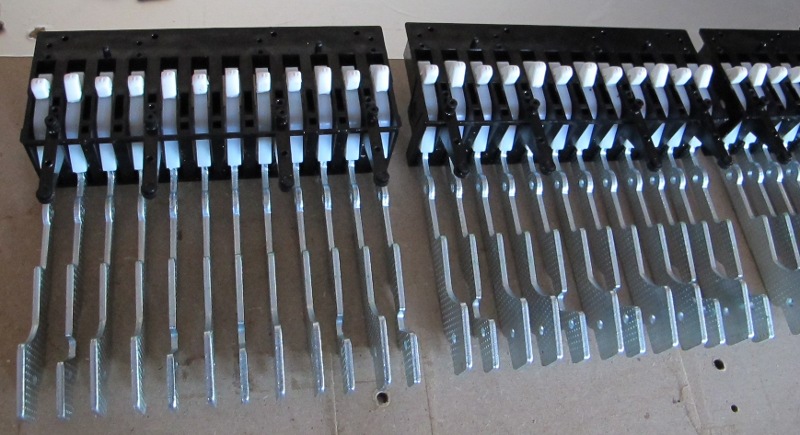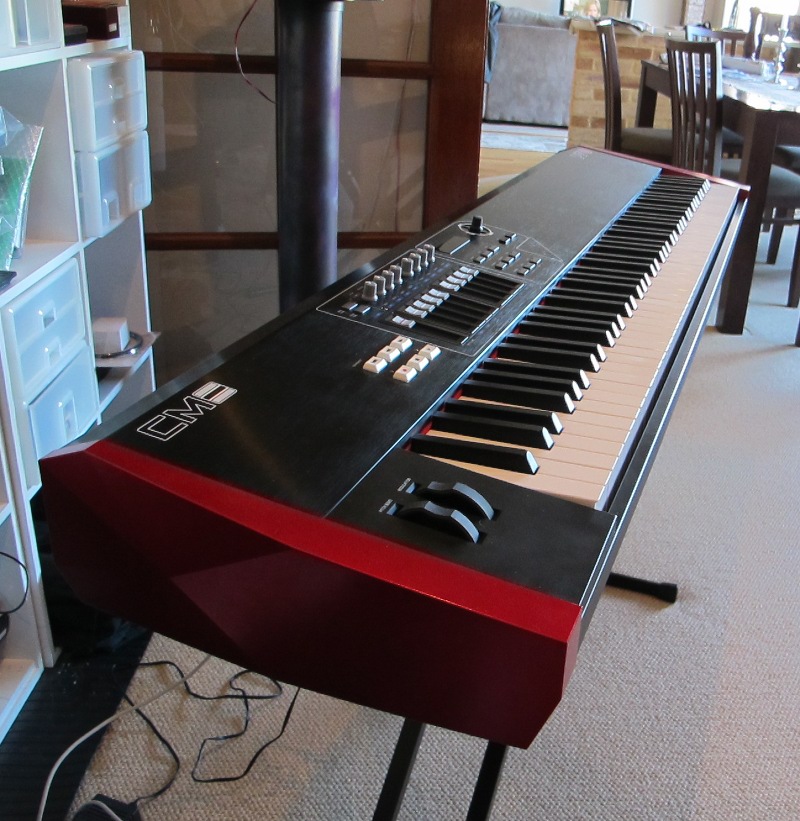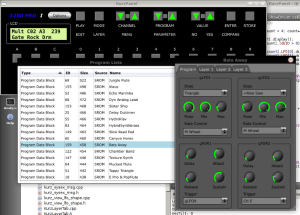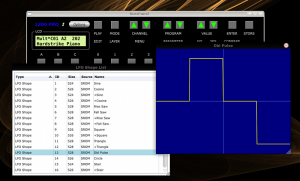This weekend I happened across someone selling an old CME UF-8 MIDI Keyboard. The unit was described as functional with a few broken keys, and the guy wanted $100 for it. I decided to take a chance, and bought the keyboard. It’s a heavy beast, weighing in at 30Kg, and is a full 88 key keyboard. It sports a true weighted hammer action, meaning it attempts to emulate a true grand piano keyboards action. The broken keys consisted of one white key that sat well below all the others and appeared truly broken, and many of the black keys did not return correctly. The black key problem seemed related to a shaft that connected them all as the keys all moved up or down together.
 After stripping the unit down completely, I found the black key problem was indeed related to a common shaft, with each octave all being connected to a single shaft. For some strange reason, only the black keys seemed affected. There seemed to be two types of problem, both caused by the plastic part of the metal hammers. With some keys, the plastic had expanded width-ways slightly and now the fit into the housing case was too snug causing it to stick. In other cases the expansion had made the hole that the shaft feeds through a bit too small, again causing the hammer to stick. I cleaned each octave, and filed and drilled as appropriate to ensure all the keys swung freely in each octave rack, and reassembled them all. I also managed to fix the one white key that had a small retaining clip broken off – I added a small screw instead.
After stripping the unit down completely, I found the black key problem was indeed related to a common shaft, with each octave all being connected to a single shaft. For some strange reason, only the black keys seemed affected. There seemed to be two types of problem, both caused by the plastic part of the metal hammers. With some keys, the plastic had expanded width-ways slightly and now the fit into the housing case was too snug causing it to stick. In other cases the expansion had made the hole that the shaft feeds through a bit too small, again causing the hammer to stick. I cleaned each octave, and filed and drilled as appropriate to ensure all the keys swung freely in each octave rack, and reassembled them all. I also managed to fix the one white key that had a small retaining clip broken off – I added a small screw instead.
 So after a days work and $100 I now have a good hammer action keyboard to add to my equipment list. All that remains is to learn how to actually play a piano!
So after a days work and $100 I now have a good hammer action keyboard to add to my equipment list. All that remains is to learn how to actually play a piano!




